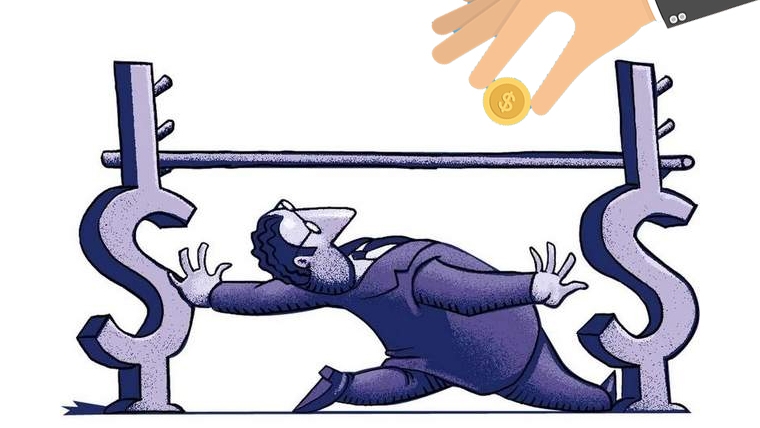
The mortgage market has always had non-rate incentives.
Savvy borrowers could sometimes get cash-back on new or rollover lending in addition to a sharp rate.
These benefits were not advertised and only conceded in the heat of private negotiation.
Anecdotal enquiry suggests that cashback incentives can run up to about 0.4% of the loan value, but come with a fixed term handcuff making them able to be clawed back if the deal doesn't go full term.
However, new now is the re-appearance of cash-back incentives in public offers.
For the past week, ANZ has been advertising "up to $3000 cashback" in their TV ads even though details are hard to find on their website. It appears it is only available on new home loans fully approved by 30 November 2019. The loan must be $200,000 or more with new residential security provided, and is conditional on you maintaining all your banking and home lending with ANZ for three years.
And now SBS Bank is offering $1500 cashback for new loans between $300,000 and $500,000, and $2500 cashback for new home loans greater than $500,000. They also require that you maintain your home loan with them for three years. SBS Bank hasn't set an end date yet, but say it is a limited time offer.
The re-appearance of advertised cashback offers pushes them into the spotlight and every borrower in negotiation should be having them as part of their discussion with banks.
Cash back is not the only incentive that should be discussed.
Most banks have application fees, and these two may be waived as part of the negotiation. Similarly, banks have been known to pay a borrower's legal fees so it is worth testing this as well.
In the past, other non-rate incentives have made appearances as well including Pacific Island holidays, and some goods. So far in 2019, these options do not appear to be on the bank marketing lists.
In the end, the usefulness of non-rate incentives to banks is to get a client over the line and signed up without having to give it all as part of a rate discount. Working out what is the best deal requires some arithmetic patience. "Cash" may seem attractive in the short-term, but an even lower rate can often be better in the longer run.
In addition, don't forget that in certain circumstances the Government will offer first home buyers First Home Grants of up to $5000 for an existing house, or up to $10,000 for a new-build. These aren't strictly "incentives" like the bank offers, but some borrowers will find them helpful anyway.
We have a resource page of non-rate mortgage incentives here.
6 Comments
In the end, the usefulness of non-rate incentives to banks is to get a client over the line and signed up without having to give it all as part of a rate discount.
... the most important macroeconomic variable cannot be the price of money. Instead, it is its quantity. Is the quantity of money rationed by the demand or supply side? Asked differently, what is larger – the demand for money or its supply? Since money – and this includes bank money – is so useful, there is always some demand for it by someone. As a result, the short side is always the supply of money and credit. Banks ration credit even at the best of times in order to ensure that borrowers with sensible investment projects stay among the loan applicants – if rates are raised to equilibrate demand and supply, the resulting interest rate would be so high that only speculative projects would remain and banks’ loan portfolios would be too risky. Link
The above example is all related to nudge theory or how consumers make trade offs. There are quite easy ways for banks to do consumer testing on this using what we call conjoint analysis. Really interesting stuff and quite easy to execute these days. http://www.dobney.com/Conjoint/Conjoint_analysis.htm
maybe you would have to be sure you had no plans to sell within 3 years as they could demand it back plus admin costs.
Its nonsense , cash back schemes should be called for what they are .......... deception on a grand scale . Banks have access to cheap money and they should simply pass the benefit to borrowers without this cash back nonsense
Was talking with a colleague last night who secured a loan yesterday with ANZ as a new customer through a broker. 3.49% for six months with $4000 cash back. Broker said word on street is rates are about to drop again.
there must be more to it...else porkies


We welcome your comments below. If you are not already registered, please register to comment.
Remember we welcome robust, respectful and insightful debate. We don't welcome abusive or defamatory comments and will de-register those repeatedly making such comments. Our current comment policy is here.